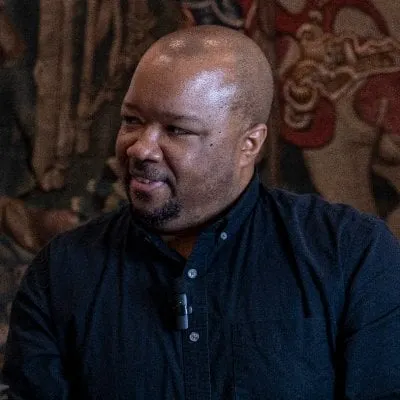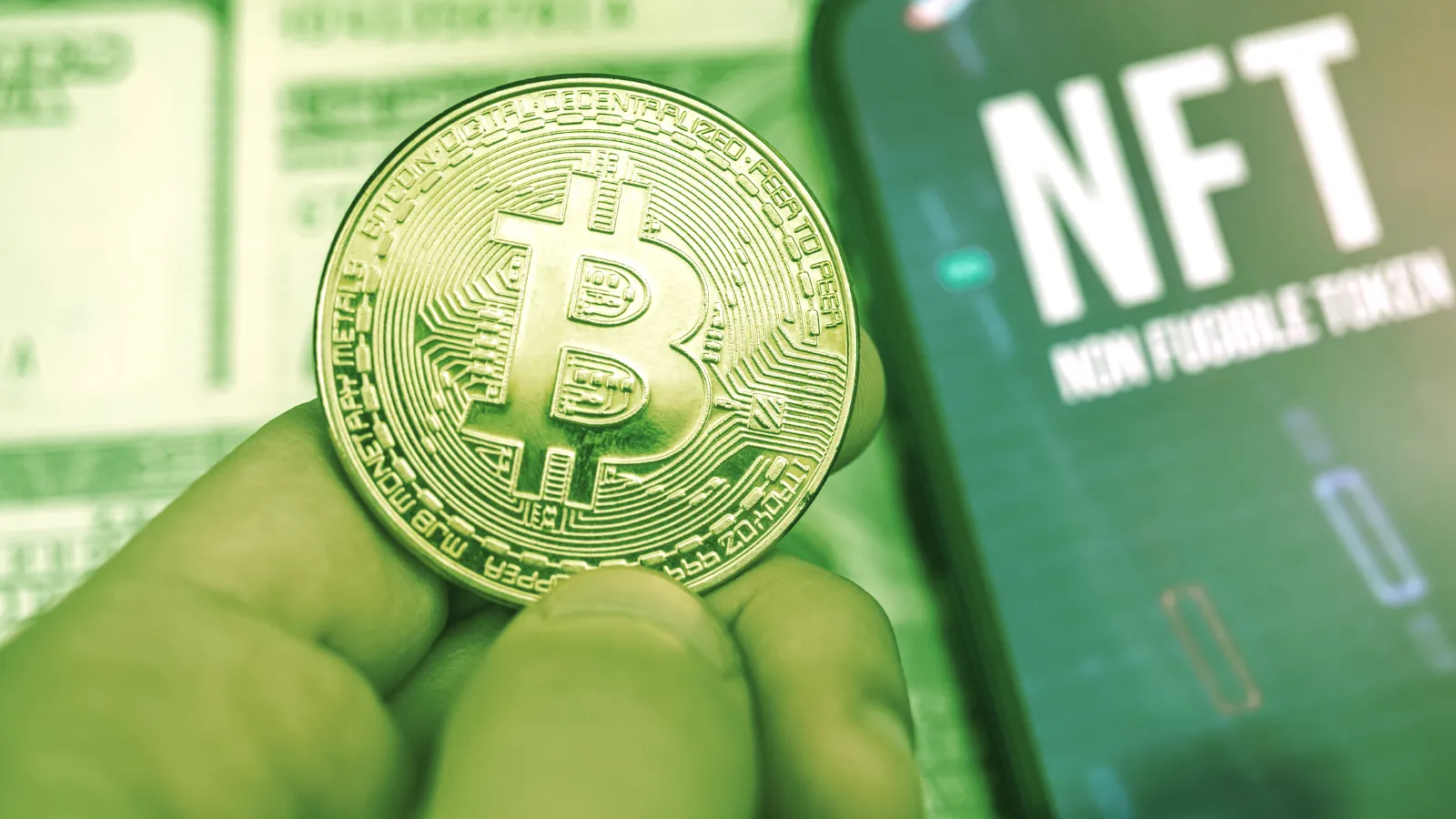If there was any suggestion that the hype around Ordinals—a way of inscribing media onto the Bitcoin blockchain akin to NFTs—had died down, that idea was dashed today. The buzz is only getting bigger and wilder, especially now that someone figured out how to mint a form of "fungible tokens" using the Ordinals protocol.
Ordinal inscriptions surged to a new single-day peak of about 31,700 today, as of this writing, per a Dune dashboard that tracks public blockchain data. And it's all because of the launch of "BRC-20," an experimental way to use the tech to let people mint and transfer whatever tokens they please via the Bitcoin blockchain.
It's the latest evolution in the Ordinals saga that has irritated some Bitcoin maximalists, yet also excited many creators and collectors about the expanding possibilities around the original blockchain network. Now the tech is being used in an analog to the ERC-20 token standard on Ethereum, but it's still very early and experimental.
A pseudonymous on-chain data enthusiast named Domo launched the BRC-20 implementation on Wednesday. Domo calls BRC-20—short for "Bitcoin Request for Comment"—an experiment inspired by another pseudonymous user's tweet along with the Sats Names (.sats) standard.
“I [heard] about the possibility of BRC-20 the past couple of days on Twitter and was curious if I could apply the .sats name format to create it,” Domo told Decrypt via Telegram. “Basically, what I was trying to do was to see if I could create an off-chain state with the tooling I had at hand (Dune Analytics) and inscriptions.”
Domo's Ordi token kicked things off on Wednesday, but meme-inspired tokens like Doge, Pepe, and even Meme itself have been deployed by users via BRC-20 and Ordinals since.
According to Dune, the vast majority of Ordinal inscriptions created since the BRC-20 implementation went live are text-based. Altogether, more than 385,000 total inscriptions have been made via Ordinals to date, with nearly all of them coming over the last six weeks.
“This fits into a larger trend of text-based inscriptions becoming more popular due to their small file sizes, which can be as low as a few bytes,” pseudonymous NFT historian Leonidas told Decrypt on Twitter. “Because you pay fees proportionate to the file size being inscribed, it costs significantly less in fees to inscribe JSON [code] or text.”
Launched in late January thanks to the Bitcoin network’s Segwit and Taproot upgrades, Ordinals took the crypto world by storm as more and more enthusiasts came to the original blockchain network to mint what have colloquially been called Bitcoin NFTs. They don't function exactly like NFTs on Ethereum, for example, but the end result is similar.
The Ordinals protocol has been used for a wide array of on-chain media inscriptions thus far, including artwork, profile pictures, playable games, and video-based web apps. Even Bored Ape Yacht Club creator Yuga Labs auctioned its own original art collection via Ordinals, yielding $16.5 million in the process.
According to a report released last week by Galaxy Research, the rapidly rising Bitcoin NFT market could be worth $4.5 billion by 2025
Despite the social media buzz around BRC-20 tokens and the rising inscription tallies to match, Domo said that by no means should it be considered the "standard” for Bitcoin-based tokens. They cautioned against anyone mass-minting such tokens on Twitter, calling them "worthless," and recommends that other builders design and code their own, more robust solutions.
But it's a starting point. Even if it was meant as a fun experiment, the BRC-20 launch has already captured a lot of Bitcoin users' imaginations. Domo said that the responses have been better than expected.
“I have yet to have any very angry reactions, which I’m relieved about,” they said. “However, some of the more technically inclined have pointed out (and rightfully so) that there are much better ways of achieving what I’m doing. And some others question why at all (fair enough)."
“At the end of the day, it was an experiment, and I think the majority understand that," Domo said. "Those people seem to be having fun."
Daily Debrief Newsletter
Start every day with the top news stories right now, plus original features, a podcast, videos and more.





